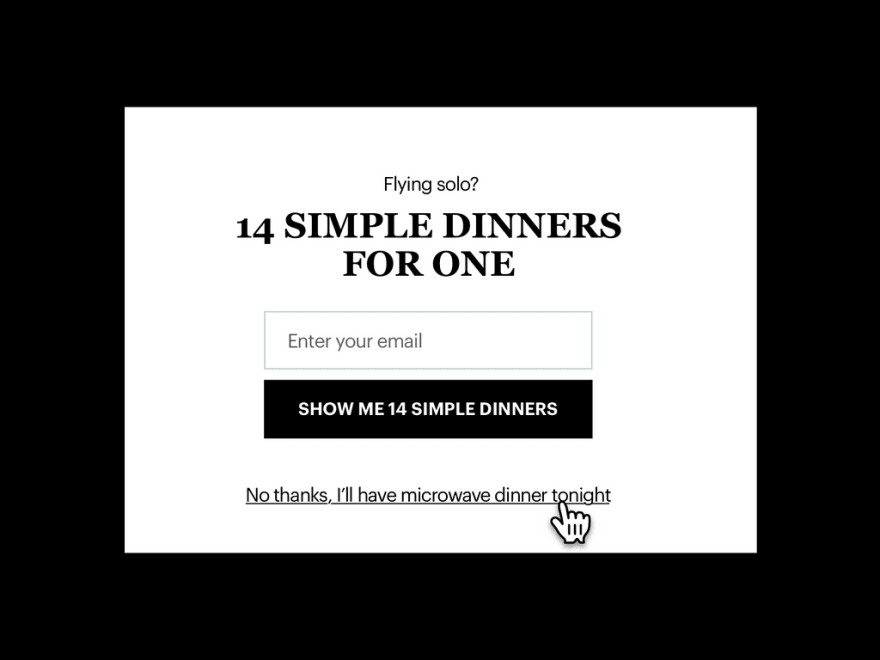It’s time we bridge the gap between feel-good Design & Ethics panels and the work we do everyday as digital product designers.
If you use digital products on a daily basis, you have likely experienced the proliferation of design patterns that try to manipulate you to engage further, deeper, or longer.
Eager for clicks and views, tech platforms are always looking for new ways to use basic human instincts like shame, laziness and fear to their advantage. Digital junk foods — from social networking apps to streaming platforms — promise users short-term highs, but leave depressive existential lulls in their wake.
The result? Our relationship with technology is becoming increasingly characterized by dependency, regret, and loss of control.
While the products we build every day have evolved, our ways of thinking about user engagement have scarcely changed since the days of dial-up. We assume that the higher the metrics, the more successful the business and, thus, the smarter the product designer.
Over the past few decades, we have helped build a corporate culture that systematically prioritizes short-term gains over longer-term product health.
As designers, how do we break the cycle of designing for addictive engagement?
Change has to start somewhere. Seeing a gap between our ideas/intentions and the work we do every day, we have decided to create a more practical guide to provoking change.
Our third and latest UX Essay provides a starting point with practical ideas that we can apply to our designs, to our process, to our company, to our community, and to our personal life — to start breaking the business-as-usual cycle of designing for addiction.
Hope you enjoy the read:
https://essays.uxdesign.cc/tech-diet/




Top comments (0)